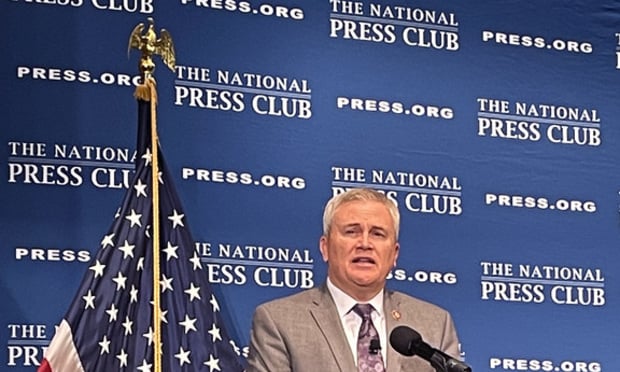An underutilized incentive to save for retirement might get a bit wider exposure, if the National Institute on Retirement Security and the Pension Rights Center have their way.
The two institutions have teamed up to issue a fact sheet on the Saver's Credit, so that people unfamiliar with the incentives it offers might discover the assistance it offers in putting away money for retirement.
Also known as the Retirement Savings Contribution Credit, the Saver's Credit allows lower-income workers who put money into a retirement account to receive a credit on their federal income taxes—stretching their retirement savings dollars a little further.
Recommended For You
But few lower-income workers seem to know that they can cut their taxes via the Saver's Credit; the fact sheet, in fact, says that only 25 percent of those who are eligible for the credit take advantage of it.
Earlier this year Senator Ron Wyden, D-Oregon, introduced a measure to make the Saver's Credit even more attractive—making it refundable, which it currently is not; increasing the adjusted gross income levels for eligibility; and facilitating direct deposit of the credits into the taxpayer's retirement plan.
While the measure—the Encouraging America to Save Act—hasn't advanced since its introduction in February (it's currently languishing in the Senate Committee on Finance), as it stands it provides the opportunity for many more families to use it than are currently doing so.
The fact sheet aims to change that, by explaining what the credit does and how it works, setting out the eligibility requirements and explaining how to file for the credit. It also explains how the credit can help taxpayers receive refunds even though it itself is not currently refundable, and provides examples of how the credit is used.
The tax credit is for individuals earning less than $30,750, or for married couples earning less than $61,500 annually. Eligibility requires an individual to make a voluntary contribution to a 401(k), 403(b), 457 employer-sponsored plan or individual retirement account.
"As employers use auto-enrollment in their defined contribution plans more frequently," the fact sheet pointed out, "moderate-income families may not be aware of this tax credit, which could reduce their taxes due by 10 to 50 percent of their retirement contribution."
© 2025 ALM Global, LLC, All Rights Reserved. Request academic re-use from www.copyright.com. All other uses, submit a request to [email protected]. For more information visit Asset & Logo Licensing.







